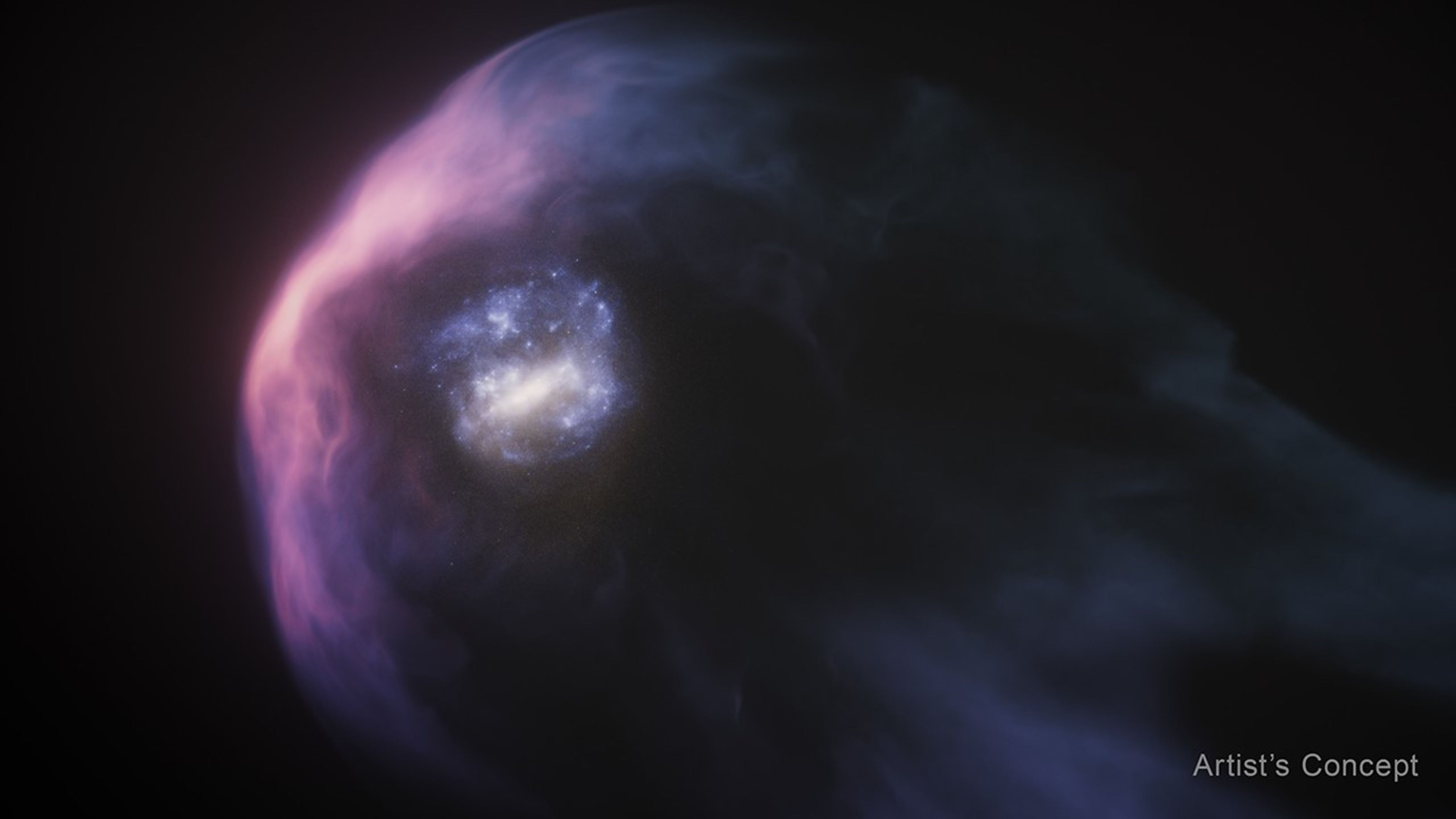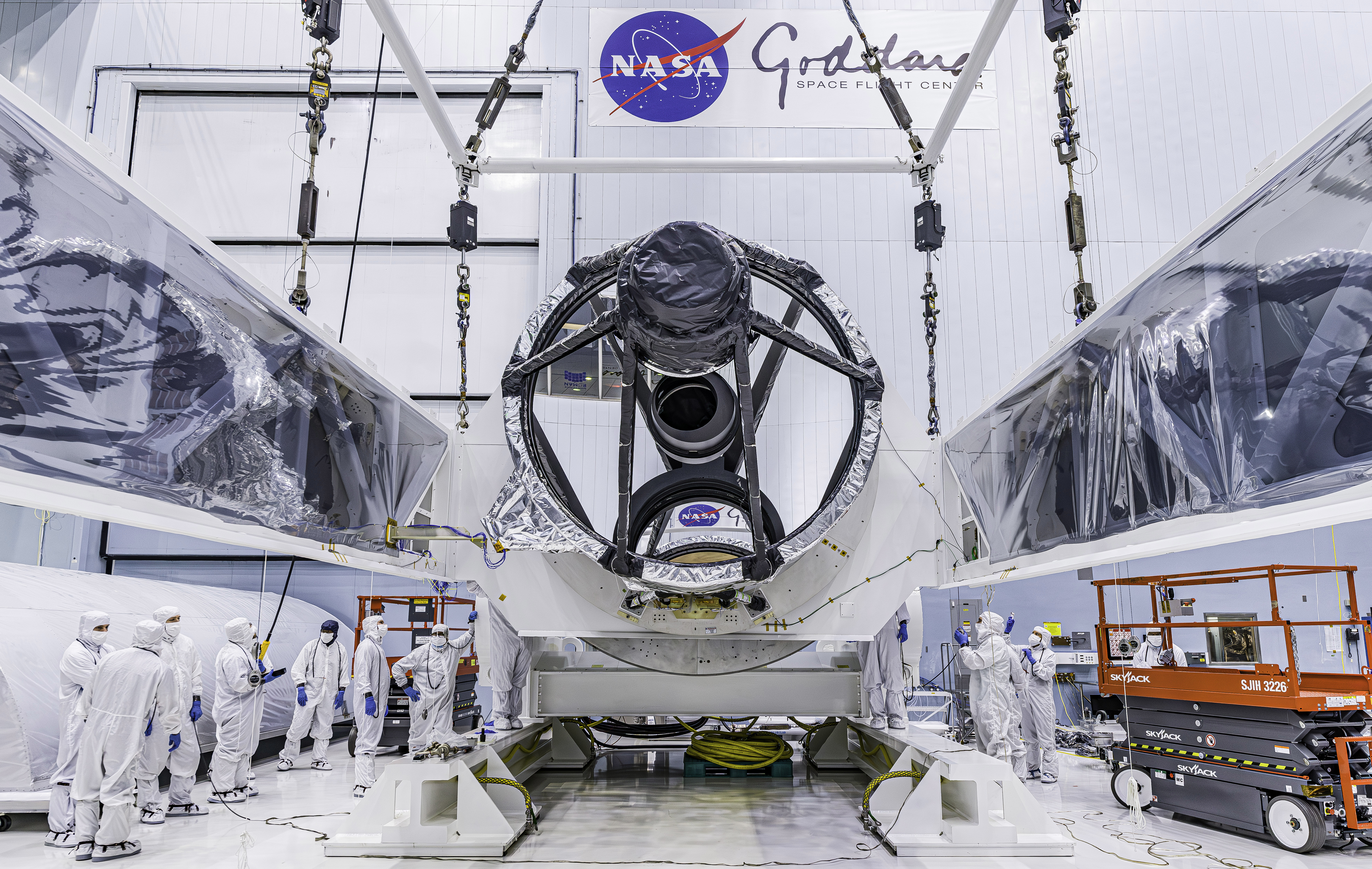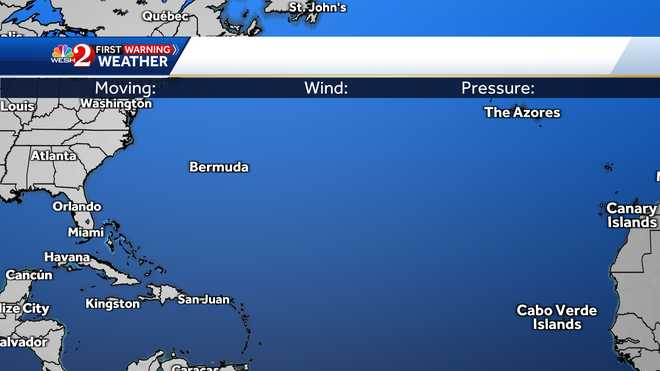 NASA astronomers have made a breakthrough by detecting water vapor in the atmosphere of the smallest exoplanet using a Hubble Space Telescope. The newly discovered exoplanet, GJ 9827d, is about twice the size of Earth and could potentially have a water-rich atmosphere, according to NASA.The planet, GJ 9827d, is as hot as Venus, with temperatures reaching 800 degrees Fahrenheit. It was first discovered by NASA’s Kepler Space Telescope in 2017 and orbits a red dwarf star every 6.2 days. Located 97 light years away in the constellation Pisces, the star GJ 9827 is its host, as per NASA. Team member Bjorn Benneke of the Trottier Institute for Research on Exoplanets at the University of Montreal stated, “This would be the first time that we can directly show through atmospheric detection, that these planets with water-rich atmospheres can actually exist around other stars.””This is an important step toward determining the prevalence and diversity of atmospheres on rocky planets,” added Benneke.”Until now, we had not been able to directly detect the atmosphere of such a small planet. And we’re slowly getting in this regime now,” he said, further elaborating on the significance of the discovery.The team is currently considering two possibilities regarding planet GJ 9827d. It could either have a hydrogen-rich envelope with water, resembling a mini-Neptune, or it may be a warmer version of Jupiter’s moon Europa, with twice as much water as Earth beneath its crust. Benneke noted that GJ 9827d could potentially consist of half water and half rock, with a significant amount of water vapor present on its surface.During 11 transits spaced over three years, the Hubble program observed the planet GJ 9827d. Starlight filtered through the planet’s atmosphere during these transits revealed the spectral fingerprint of water molecules, according to NASA.”Observing water is a gateway to finding other things,” said Thomas Greene, an astrophysicist at NASA’s Ames Research Center in California’s Silicon Valley. NASA’s current focus is on determining the total inventory of elements on a planet, which can be compared to the star it orbits to better understand its formation.
NASA astronomers have made a breakthrough by detecting water vapor in the atmosphere of the smallest exoplanet using a Hubble Space Telescope. The newly discovered exoplanet, GJ 9827d, is about twice the size of Earth and could potentially have a water-rich atmosphere, according to NASA.The planet, GJ 9827d, is as hot as Venus, with temperatures reaching 800 degrees Fahrenheit. It was first discovered by NASA’s Kepler Space Telescope in 2017 and orbits a red dwarf star every 6.2 days. Located 97 light years away in the constellation Pisces, the star GJ 9827 is its host, as per NASA. Team member Bjorn Benneke of the Trottier Institute for Research on Exoplanets at the University of Montreal stated, “This would be the first time that we can directly show through atmospheric detection, that these planets with water-rich atmospheres can actually exist around other stars.””This is an important step toward determining the prevalence and diversity of atmospheres on rocky planets,” added Benneke.”Until now, we had not been able to directly detect the atmosphere of such a small planet. And we’re slowly getting in this regime now,” he said, further elaborating on the significance of the discovery.The team is currently considering two possibilities regarding planet GJ 9827d. It could either have a hydrogen-rich envelope with water, resembling a mini-Neptune, or it may be a warmer version of Jupiter’s moon Europa, with twice as much water as Earth beneath its crust. Benneke noted that GJ 9827d could potentially consist of half water and half rock, with a significant amount of water vapor present on its surface.During 11 transits spaced over three years, the Hubble program observed the planet GJ 9827d. Starlight filtered through the planet’s atmosphere during these transits revealed the spectral fingerprint of water molecules, according to NASA.”Observing water is a gateway to finding other things,” said Thomas Greene, an astrophysicist at NASA’s Ames Research Center in California’s Silicon Valley. NASA’s current focus is on determining the total inventory of elements on a planet, which can be compared to the star it orbits to better understand its formation.
Water Vapor Discovered on Distant Exoplanet by NASA’s Hubble Telescope













![Turning the M4 Mac mini into a contemporary iMac G4 [Video] – 9to5Mac Turning the M4 Mac mini into a contemporary iMac G4 [Video] – 9to5Mac](https://9to5mac.com/wp-content/uploads/sites/6/2024/11/imac-g4-mac-mini.jpg?quality=82&strip=all&w=1600)